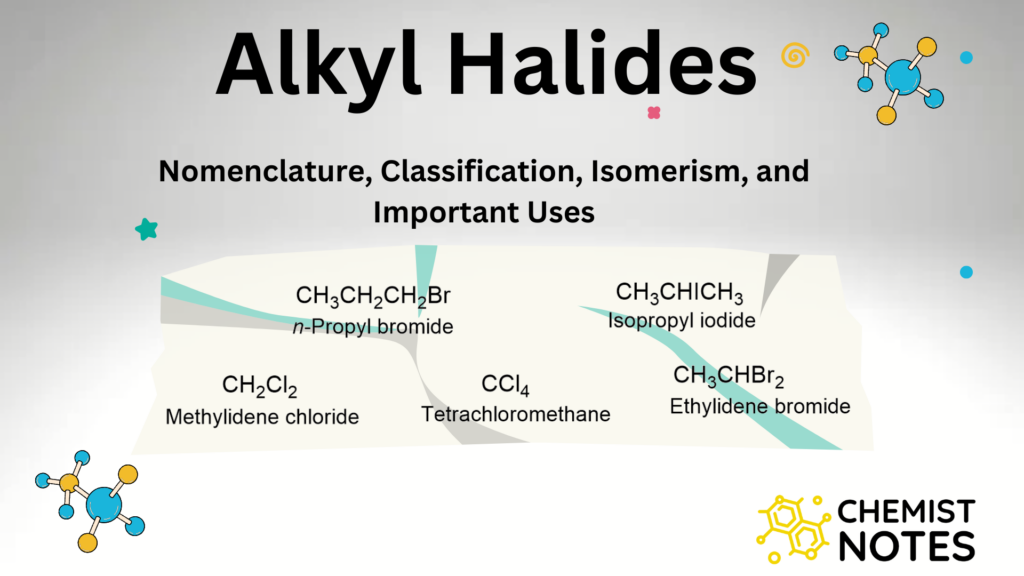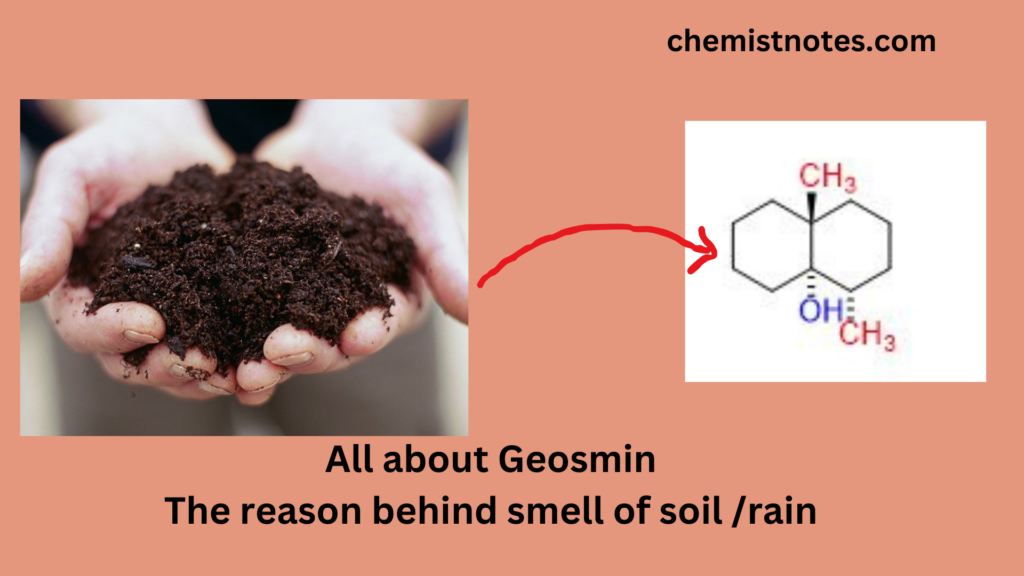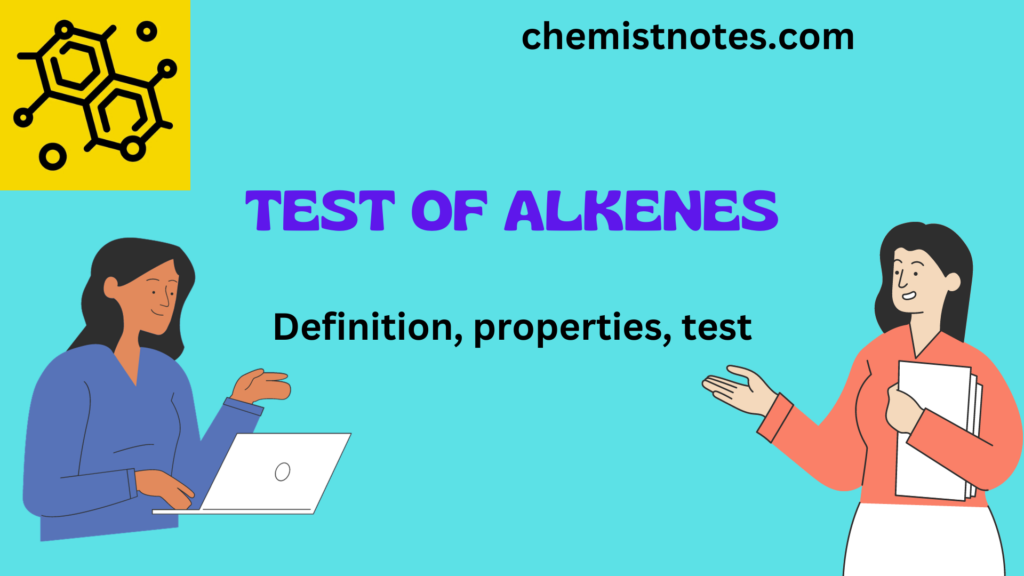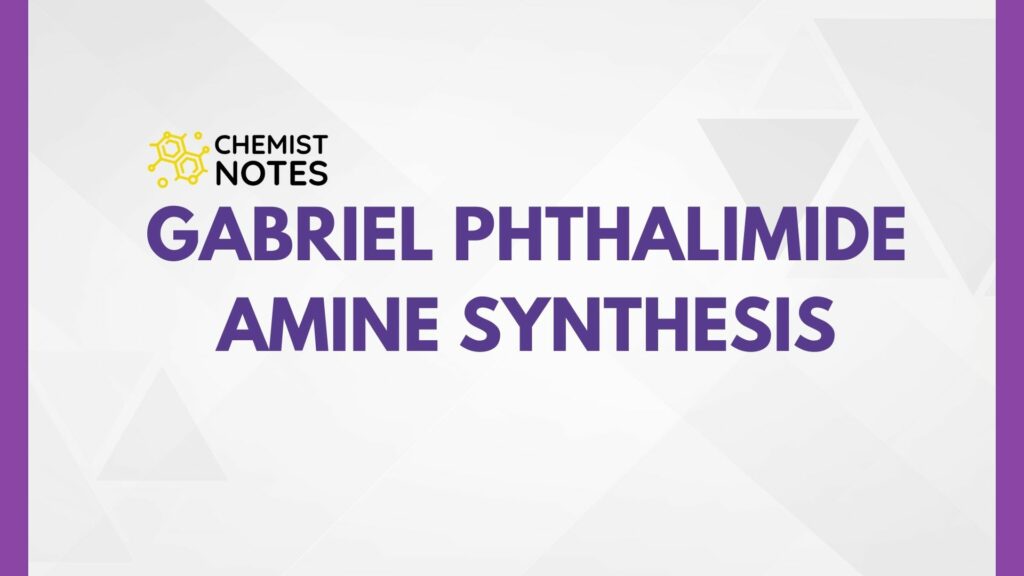Table of Contents
ToggleElectrophiles are positively charged or neutral species or have an atom that doesn’t possess an octet of electrons. It is also called an electron-deficient compound and is Lewis acid as it accepts electron pairs and forms bonds with nucleophiles. The greater the size more is the electrophilic effect i.e. on descending the group, electrophilicity increases.
Example of electrophiles
Some of the major examples of electrophiles are H3O+, CH3+, -Cl+, H+, AlCl3, BH3, CO2, SO2, etc.
Electrophile Mechanism
Generally, electrophile forms bonds with the nucleophile either by substitution or addition reaction.
- Electrophilic substitution reaction: functional froup attached to the compound is replaced by electrophile
- Aliphatic electrophilic substitution reaction: Four possible mechanism; SE1, SE2 (front), SE2 (back), and SEi
- Aromatic electrophilic substitution reaction: atom attached to aromatic ring is replaced by electrophiles. e.g. Arenium ion mechanism
- Electrophilic addition reaction: occurs only in the compound that contain carbon-carbon double bond. e.g. addition of electrophile to alkene
FAQs
What is electrophilic aromatic substitution?
The reaction in which the atom attached to the aromatic ring is replaced by electrophiles is called electrophilic aromatic substitution.
What is electrophile?
Electrophiles are positively charged or neutral species or have an atom that doesn’t possess an octet of electrons.
Electrophile examples
Some of the major examples of electrophiles are H3O+, CH3+, -Cl+, H+, AlCl3, BH3, CO2, SO2, etc.
Electrophilic addition reaction
Such reaction occurs only in the compound that contains a carbon-carbon double bond.






